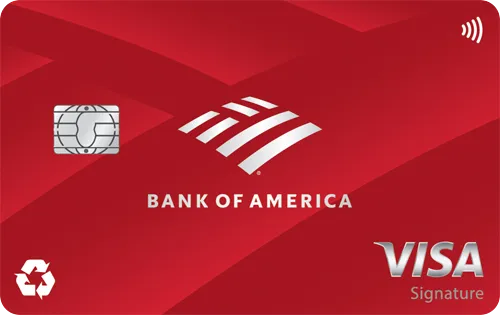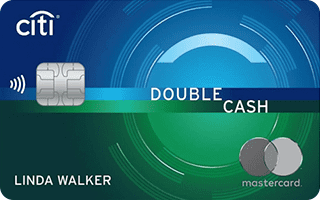Both the Bank of America Customized Cash Rewards Credit Card and the Citi Double Cash Card offer compelling cash back rewards without an annual fee, making them strong contenders for your wallet. However, the Citi Double Cash edges ahead with its straightforward 2% cash back on all purchases, appealing to those who value simplicity and consistent rewards.
On the other hand, the BofA Customized Cash card is a strong option for those who can maximize the higher cash back in customizable categories. While neither card is co-branded, they both cater to consumers with good to excellent credit, ensuring accessibility for a wide range of applicants.
















